Food and Beverages
Pharmaceuticals
Cosmetics
Nutraceuticals
Fruits
Vegetables
Seaweed
Liquid
Powder
Gelling Agent
Thickening Agent
Stabilizer
North America
Europe
South America
Asia Pacific
Middle East and Africa
North America Outlook (USD Billion, 2019-2032)
North America Fruit Pectin Market by Application Type
Food and Beverages
Pharmaceuticals
Cosmetics
Nutraceuticals
North America Fruit Pectin Market by Source Type
Fruits
Vegetables
Seaweed
North America Fruit Pectin Market by Form Type
Liquid
Powder
North America Fruit Pectin Market by Functionality Type
Gelling Agent
Thickening Agent
Stabilizer
North America Fruit Pectin Market by Regional Type
US
Canada
US Outlook (USD Billion, 2019-2032)
US Fruit Pectin Market by Application Type
Food and Beverages
Pharmaceuticals
Cosmetics
Nutraceuticals
US Fruit Pectin Market by Source Type
Fruits
Vegetables
Seaweed
US Fruit Pectin Market by Form Type
Liquid
Powder
US Fruit Pectin Market by Functionality Type
Gelling Agent
Thickening Agent
Stabilizer
CANADA Outlook (USD Billion, 2019-2032)
CANADA Fruit Pectin Market by Application Type
Food and Beverages
Pharmaceuticals
Cosmetics
Nutraceuticals
CANADA Fruit Pectin Market by Source Type
Fruits
Vegetables
Seaweed
CANADA Fruit Pectin Market by Form Type
Liquid
Powder
CANADA Fruit Pectin Market by Functionality Type
Gelling Agent
Thickening Agent
Stabilizer
Europe Outlook (USD Billion, 2019-2032)
Europe Fruit Pectin Market by Application Type
Food and Beverages
Pharmaceuticals
Cosmetics
Nutraceuticals
Europe Fruit Pectin Market by Source Type
Fruits
Vegetables
Seaweed
Europe Fruit Pectin Market by Form Type
Liquid
Powder
Europe Fruit Pectin Market by Functionality Type
Gelling Agent
Thickening Agent
Stabilizer
Europe Fruit Pectin Market by Regional Type
Germany
UK
France
Russia
Italy
Spain
Rest of Europe
GERMANY Outlook (USD Billion, 2019-2032)
GERMANY Fruit Pectin Market by Application Type
Food and Beverages
Pharmaceuticals
Cosmetics
Nutraceuticals
GERMANY Fruit Pectin Market by Source Type
Fruits
Vegetables
Seaweed
GERMANY Fruit Pectin Market by Form Type
Liquid
Powder
GERMANY Fruit Pectin Market by Functionality Type
Gelling Agent
Thickening Agent
Stabilizer
UK Outlook (USD Billion, 2019-2032)
UK Fruit Pectin Market by Application Type
Food and Beverages
Pharmaceuticals
Cosmetics
Nutraceuticals
UK Fruit Pectin Market by Source Type
Fruits
Vegetables
Seaweed
UK Fruit Pectin Market by Form Type
Liquid
Powder
UK Fruit Pectin Market by Functionality Type
Gelling Agent
Thickening Agent
Stabilizer
FRANCE Outlook (USD Billion, 2019-2032)
FRANCE Fruit Pectin Market by Application Type
Food and Beverages
Pharmaceuticals
Cosmetics
Nutraceuticals
FRANCE Fruit Pectin Market by Source Type
Fruits
Vegetables
Seaweed
FRANCE Fruit Pectin Market by Form Type
Liquid
Powder
FRANCE Fruit Pectin Market by Functionality Type
Gelling Agent
Thickening Agent
Stabilizer
RUSSIA Outlook (USD Billion, 2019-2032)
RUSSIA Fruit Pectin Market by Application Type
Food and Beverages
Pharmaceuticals
Cosmetics
Nutraceuticals
RUSSIA Fruit Pectin Market by Source Type
Fruits
Vegetables
Seaweed
RUSSIA Fruit Pectin Market by Form Type
Liquid
Powder
RUSSIA Fruit Pectin Market by Functionality Type
Gelling Agent
Thickening Agent
Stabilizer
ITALY Outlook (USD Billion, 2019-2032)
ITALY Fruit Pectin Market by Application Type
Food and Beverages
Pharmaceuticals
Cosmetics
Nutraceuticals
ITALY Fruit Pectin Market by Source Type
Fruits
Vegetables
Seaweed
ITALY Fruit Pectin Market by Form Type
Liquid
Powder
ITALY Fruit Pectin Market by Functionality Type
Gelling Agent
Thickening Agent
Stabilizer
SPAIN Outlook (USD Billion, 2019-2032)
SPAIN Fruit Pectin Market by Application Type
Food and Beverages
Pharmaceuticals
Cosmetics
Nutraceuticals
SPAIN Fruit Pectin Market by Source Type
Fruits
Vegetables
Seaweed
SPAIN Fruit Pectin Market by Form Type
Liquid
Powder
SPAIN Fruit Pectin Market by Functionality Type
Gelling Agent
Thickening Agent
Stabilizer
REST OF EUROPE Outlook (USD Billion, 2019-2032)
REST OF EUROPE Fruit Pectin Market by Application Type
Food and Beverages
Pharmaceuticals
Cosmetics
Nutraceuticals
REST OF EUROPE Fruit Pectin Market by Source Type
Fruits
Vegetables
Seaweed
REST OF EUROPE Fruit Pectin Market by Form Type
Liquid
Powder
REST OF EUROPE Fruit Pectin Market by Functionality Type
Gelling Agent
Thickening Agent
Stabilizer
APAC Outlook (USD Billion, 2019-2032)
APAC Fruit Pectin Market by Application Type
Food and Beverages
Pharmaceuticals
Cosmetics
Nutraceuticals
APAC Fruit Pectin Market by Source Type
Fruits
Vegetables
Seaweed
APAC Fruit Pectin Market by Form Type
Liquid
Powder
APAC Fruit Pectin Market by Functionality Type
Gelling Agent
Thickening Agent
Stabilizer
APAC Fruit Pectin Market by Regional Type
China
India
Japan
South Korea
Malaysia
Thailand
Indonesia
Rest of APAC
CHINA Outlook (USD Billion, 2019-2032)
CHINA Fruit Pectin Market by Application Type
Food and Beverages
Pharmaceuticals
Cosmetics
Nutraceuticals
CHINA Fruit Pectin Market by Source Type
Fruits
Vegetables
Seaweed
CHINA Fruit Pectin Market by Form Type
Liquid
Powder
CHINA Fruit Pectin Market by Functionality Type
Gelling Agent
Thickening Agent
Stabilizer
INDIA Outlook (USD Billion, 2019-2032)
INDIA Fruit Pectin Market by Application Type
Food and Beverages
Pharmaceuticals
Cosmetics
Nutraceuticals
INDIA Fruit Pectin Market by Source Type
Fruits
Vegetables
Seaweed
INDIA Fruit Pectin Market by Form Type
Liquid
Powder
INDIA Fruit Pectin Market by Functionality Type
Gelling Agent
Thickening Agent
Stabilizer
JAPAN Outlook (USD Billion, 2019-2032)
JAPAN Fruit Pectin Market by Application Type
Food and Beverages
Pharmaceuticals
Cosmetics
Nutraceuticals
JAPAN Fruit Pectin Market by Source Type
Fruits
Vegetables
Seaweed
JAPAN Fruit Pectin Market by Form Type
Liquid
Powder
JAPAN Fruit Pectin Market by Functionality Type
Gelling Agent
Thickening Agent
Stabilizer
SOUTH KOREA Outlook (USD Billion, 2019-2032)
SOUTH KOREA Fruit Pectin Market by Application Type
Food and Beverages
Pharmaceuticals
Cosmetics
Nutraceuticals
SOUTH KOREA Fruit Pectin Market by Source Type
Fruits
Vegetables
Seaweed
SOUTH KOREA Fruit Pectin Market by Form Type
Liquid
Powder
SOUTH KOREA Fruit Pectin Market by Functionality Type
Gelling Agent
Thickening Agent
Stabilizer
MALAYSIA Outlook (USD Billion, 2019-2032)
MALAYSIA Fruit Pectin Market by Application Type
Food and Beverages
Pharmaceuticals
Cosmetics
Nutraceuticals
MALAYSIA Fruit Pectin Market by Source Type
Fruits
Vegetables
Seaweed
MALAYSIA Fruit Pectin Market by Form Type
Liquid
Powder
MALAYSIA Fruit Pectin Market by Functionality Type
Gelling Agent
Thickening Agent
Stabilizer
THAILAND Outlook (USD Billion, 2019-2032)
THAILAND Fruit Pectin Market by Application Type
Food and Beverages
Pharmaceuticals
Cosmetics
Nutraceuticals
THAILAND Fruit Pectin Market by Source Type
Fruits
Vegetables
Seaweed
THAILAND Fruit Pectin Market by Form Type
Liquid
Powder
THAILAND Fruit Pectin Market by Functionality Type
Gelling Agent
Thickening Agent
Stabilizer
INDONESIA Outlook (USD Billion, 2019-2032)
INDONESIA Fruit Pectin Market by Application Type
Food and Beverages
Pharmaceuticals
Cosmetics
Nutraceuticals
INDONESIA Fruit Pectin Market by Source Type
Fruits
Vegetables
Seaweed
INDONESIA Fruit Pectin Market by Form Type
Liquid
Powder
INDONESIA Fruit Pectin Market by Functionality Type
Gelling Agent
Thickening Agent
Stabilizer
REST OF APAC Outlook (USD Billion, 2019-2032)
REST OF APAC Fruit Pectin Market by Application Type
Food and Beverages
Pharmaceuticals
Cosmetics
Nutraceuticals
REST OF APAC Fruit Pectin Market by Source Type
Fruits
Vegetables
Seaweed
REST OF APAC Fruit Pectin Market by Form Type
Liquid
Powder
REST OF APAC Fruit Pectin Market by Functionality Type
Gelling Agent
Thickening Agent
Stabilizer
South America Outlook (USD Billion, 2019-2032)
South America Fruit Pectin Market by Application Type
Food and Beverages
Pharmaceuticals
Cosmetics
Nutraceuticals
South America Fruit Pectin Market by Source Type
Fruits
Vegetables
Seaweed
South America Fruit Pectin Market by Form Type
Liquid
Powder
South America Fruit Pectin Market by Functionality Type
Gelling Agent
Thickening Agent
Stabilizer
South America Fruit Pectin Market by Regional Type
Brazil
Mexico
Argentina
Rest of South America
BRAZIL Outlook (USD Billion, 2019-2032)
BRAZIL Fruit Pectin Market by Application Type
Food and Beverages
Pharmaceuticals
Cosmetics
Nutraceuticals
BRAZIL Fruit Pectin Market by Source Type
Fruits
Vegetables
Seaweed
BRAZIL Fruit Pectin Market by Form Type
Liquid
Powder
BRAZIL Fruit Pectin Market by Functionality Type
Gelling Agent
Thickening Agent
Stabilizer
MEXICO Outlook (USD Billion, 2019-2032)
MEXICO Fruit Pectin Market by Application Type
Food and Beverages
Pharmaceuticals
Cosmetics
Nutraceuticals
MEXICO Fruit Pectin Market by Source Type
Fruits
Vegetables
Seaweed
MEXICO Fruit Pectin Market by Form Type
Liquid
Powder
MEXICO Fruit Pectin Market by Functionality Type
Gelling Agent
Thickening Agent
Stabilizer
ARGENTINA Outlook (USD Billion, 2019-2032)
ARGENTINA Fruit Pectin Market by Application Type
Food and Beverages
Pharmaceuticals
Cosmetics
Nutraceuticals
ARGENTINA Fruit Pectin Market by Source Type
Fruits
Vegetables
Seaweed
ARGENTINA Fruit Pectin Market by Form Type
Liquid
Powder
ARGENTINA Fruit Pectin Market by Functionality Type
Gelling Agent
Thickening Agent
Stabilizer
REST OF SOUTH AMERICA Outlook (USD Billion, 2019-2032)
REST OF SOUTH AMERICA Fruit Pectin Market by Application Type
Food and Beverages
Pharmaceuticals
Cosmetics
Nutraceuticals
REST OF SOUTH AMERICA Fruit Pectin Market by Source Type
Fruits
Vegetables
Seaweed
REST OF SOUTH AMERICA Fruit Pectin Market by Form Type
Liquid
Powder
REST OF SOUTH AMERICA Fruit Pectin Market by Functionality Type
Gelling Agent
Thickening Agent
Stabilizer
MEA Outlook (USD Billion, 2019-2032)
MEA Fruit Pectin Market by Application Type
Food and Beverages
Pharmaceuticals
Cosmetics
Nutraceuticals
MEA Fruit Pectin Market by Source Type
Fruits
Vegetables
Seaweed
MEA Fruit Pectin Market by Form Type
Liquid
Powder
MEA Fruit Pectin Market by Functionality Type
Gelling Agent
Thickening Agent
Stabilizer
MEA Fruit Pectin Market by Regional Type
GCC Countries
South Africa
Rest of MEA
GCC COUNTRIES Outlook (USD Billion, 2019-2032)
GCC COUNTRIES Fruit Pectin Market by Application Type
Food and Beverages
Pharmaceuticals
Cosmetics
Nutraceuticals
GCC COUNTRIES Fruit Pectin Market by Source Type
Fruits
Vegetables
Seaweed
GCC COUNTRIES Fruit Pectin Market by Form Type
Liquid
Powder
GCC COUNTRIES Fruit Pectin Market by Functionality Type
Gelling Agent
Thickening Agent
Stabilizer
SOUTH AFRICA Outlook (USD Billion, 2019-2032)
SOUTH AFRICA Fruit Pectin Market by Application Type
Food and Beverages
Pharmaceuticals
Cosmetics
Nutraceuticals
SOUTH AFRICA Fruit Pectin Market by Source Type
Fruits
Vegetables
Seaweed
SOUTH AFRICA Fruit Pectin Market by Form Type
Liquid
Powder
SOUTH AFRICA Fruit Pectin Market by Functionality Type
Gelling Agent
Thickening Agent
Stabilizer
REST OF MEA Outlook (USD Billion, 2019-2032)
REST OF MEA Fruit Pectin Market by Application Type
Food and Beverages
Pharmaceuticals
Cosmetics
Nutraceuticals
REST OF MEA Fruit Pectin Market by Source Type
Fruits
Vegetables
Seaweed
REST OF MEA Fruit Pectin Market by Form Type
Liquid
Powder
REST OF MEA Fruit Pectin Market by Functionality Type
Gelling Agent
Thickening Agent
Stabilizer

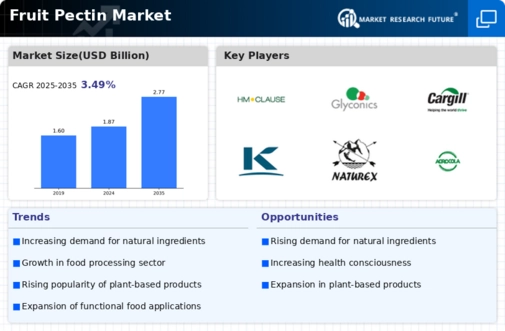

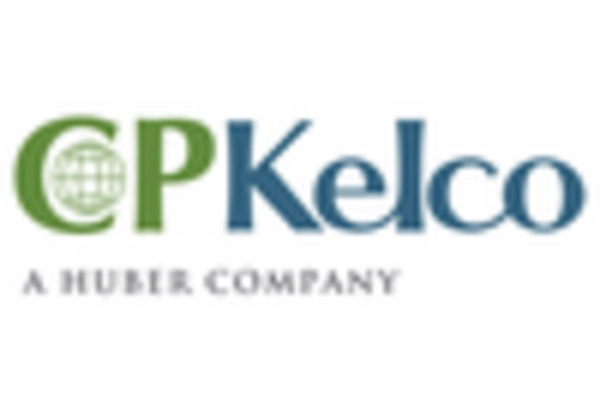
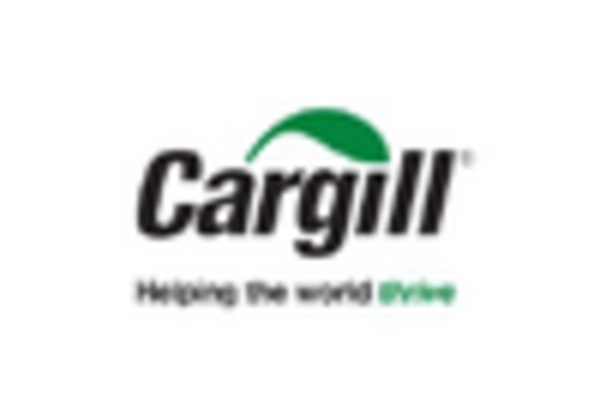
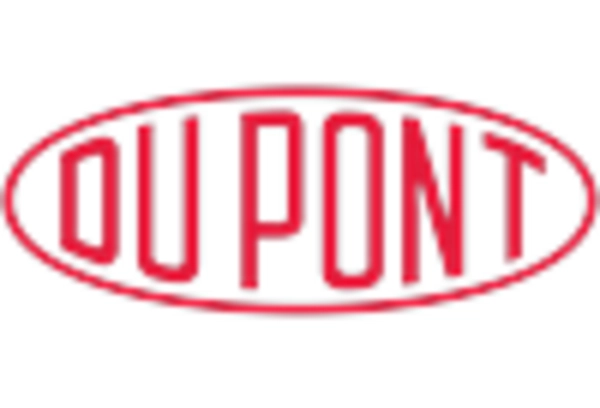
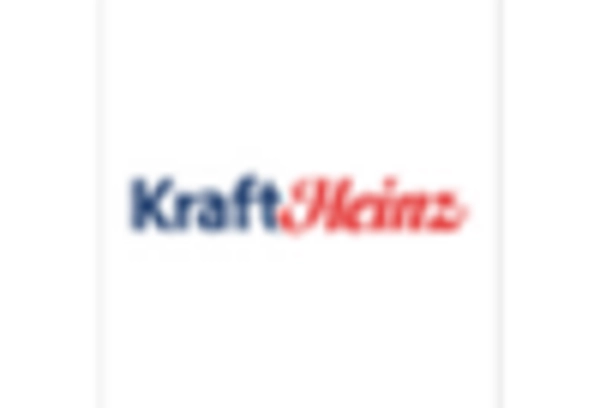










Leave a Comment